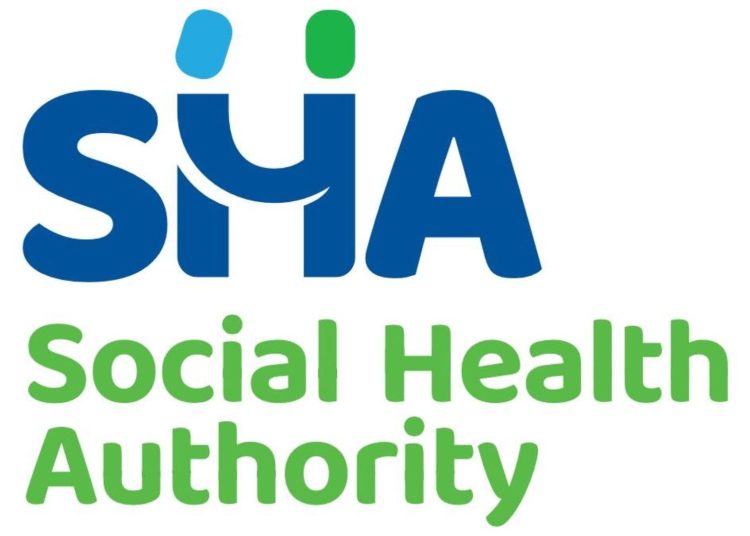On October 1, Kenya took a major step towards universal health coverage with the official rollout of the Social Health Authority (SHA). This controversial initiative, spearheaded by the Ministry of Health, has been presented as an evolution from the previous National Health Insurance Fund (NHIF), promising more comprehensive and affordable healthcare access for all Kenyans.
The SHA’s mandate is ambitious: to ensure high-quality healthcare for every Kenyan without risking financial hardship. This will be achieved through a network of empaneled and contracted healthcare providers, operating on a referral basis.
The new scheme will include both the Emergency Critical and Chronic Illness Fund (ECCIF) and the Social Health Insurance Fund (SHIF), and will supposedly offer a wider range of services than its predecessor.
Leading national healthcare institutions have begun the integration of the new system. Kenyatta National Hospital reported successful implementation across its inpatient and outpatient services.
Within the first day of operation, KNH provided an array of services under the SHA program, including 26 MRIs, 80 CT scans, 34 renal dialysis sessions, 138 inpatient admissions, 91 chemotherapy treatments, and 62 radiotherapy sessions.
Dr. Evanson Kamuri, CEO of KNH, impressed upon the hospital’s commitment to uninterrupted care, regardless of a patient’s registration status. To facilitate a smooth transition, KNH implemented an all-round strategy, including staff sensitization, establishing help desks, and deploying registration personnel at all pay points.
The hospital even extended its efforts beyond its walls, sending teams to educate health workers in neighboring counties about the program’s benefits.
Similarly, Moi Teaching and Referral Hospital reported successful implementation. Within the first two days, MTRH registered 526 patients and 400 members of the public, providing care to 200 inpatients and 326 specialized care cases.
The hospital is also spearheading public sensitization efforts in the western region, focusing on Uasin Gishu, Elgeyo Marakwet, and Kakamega counties.
Kenyatta University Teaching, Referral & Research Hospital also reported some benefits in critical departments such as Endoscopy, Renal, and Chemotherapy. On the second day of implementation, 61 chemotherapy patients, 39 dialysis patients, and 10 endoscopy patients received care fully covered by SHA.
Like other major hospitals, KUTRRH established help desks across the hospital to guide patients through the registration process.
Despite these successful scenarios, the Ministry of Health has acknowledged that the rollout has not been as smooth as expected. Technical teams are working around the clock to address increased user demand on various systems.
The Ministry has also issued clarifications on key concerns, such as the discharge process for patients admitted under NHIF before the transition and the automatic enrollment of existing NHIF members into SHA.
The government is urging all Kenyans to register for SHA using the *147# USSD code. To support this effort, the Ministry of Health is launching a comprehensive public education campaign. This will involve Community Health Promoters, members of the National and County Government Administration, and health workers.
The campaign will make use of digital platforms, mainstream media, and direct community engagement to ensure that every Kenyan fully understands the services offered by SHA. For those seeking more information or having inquiries, the Ministry has set up a toll-free customer care number, 719, to provide quick responses.
























